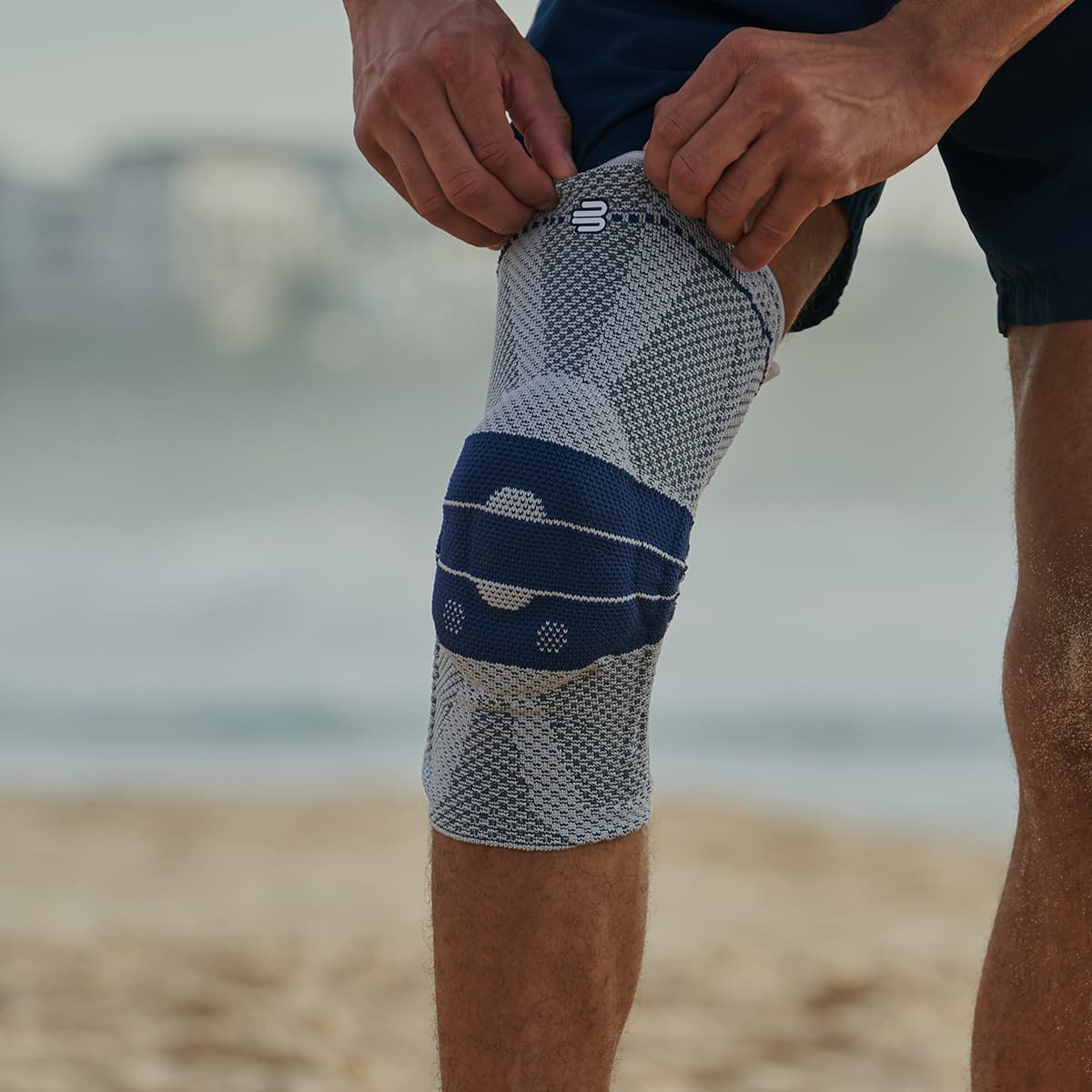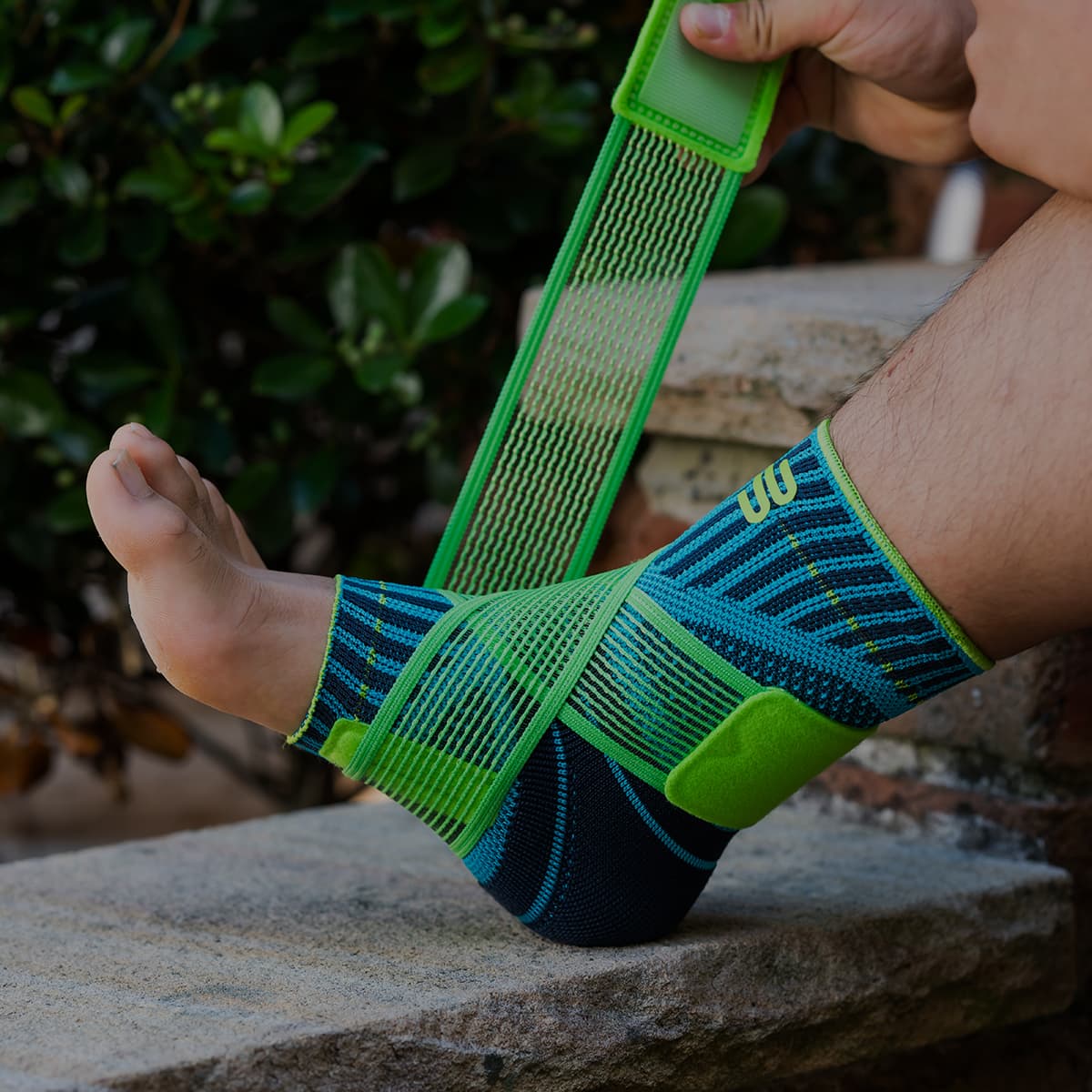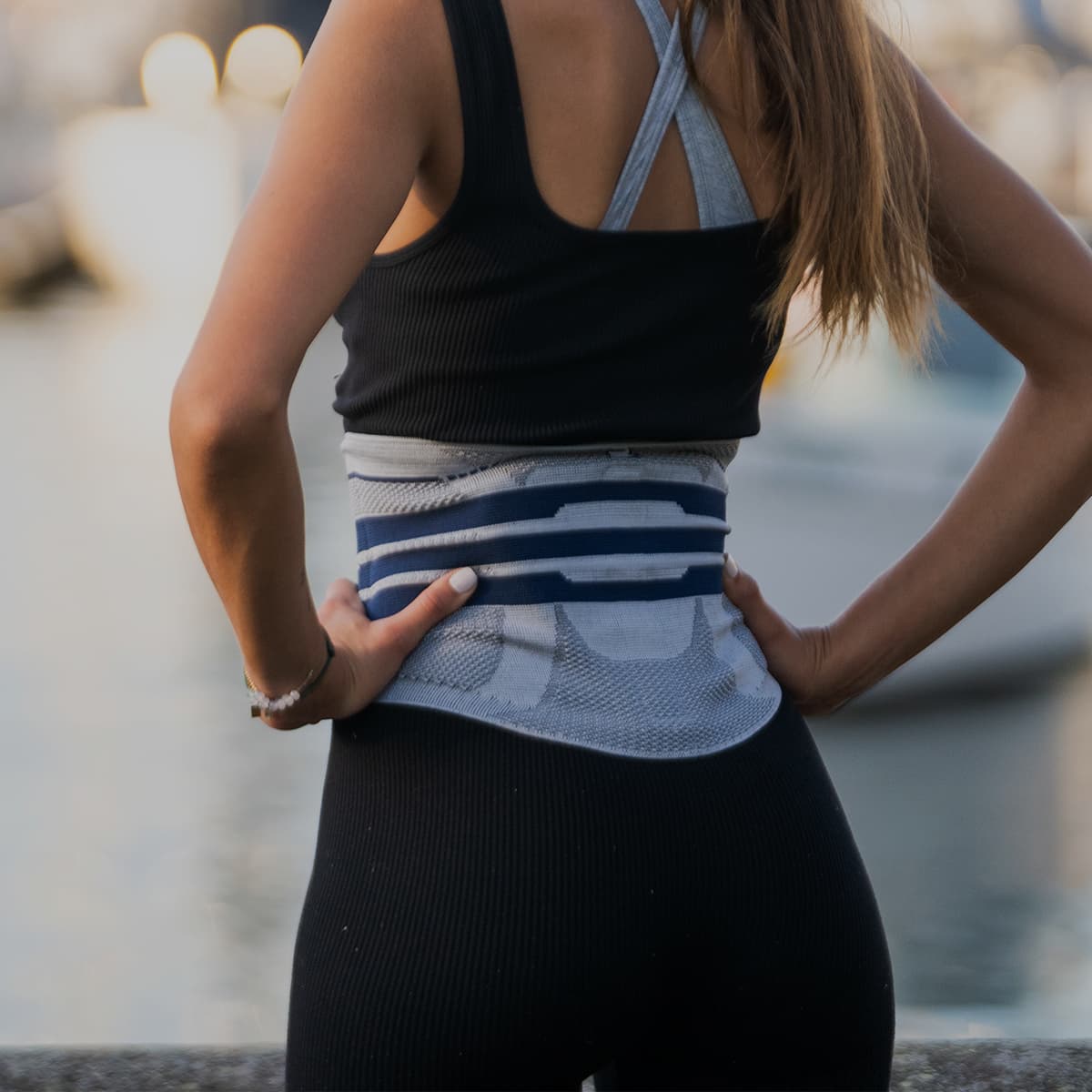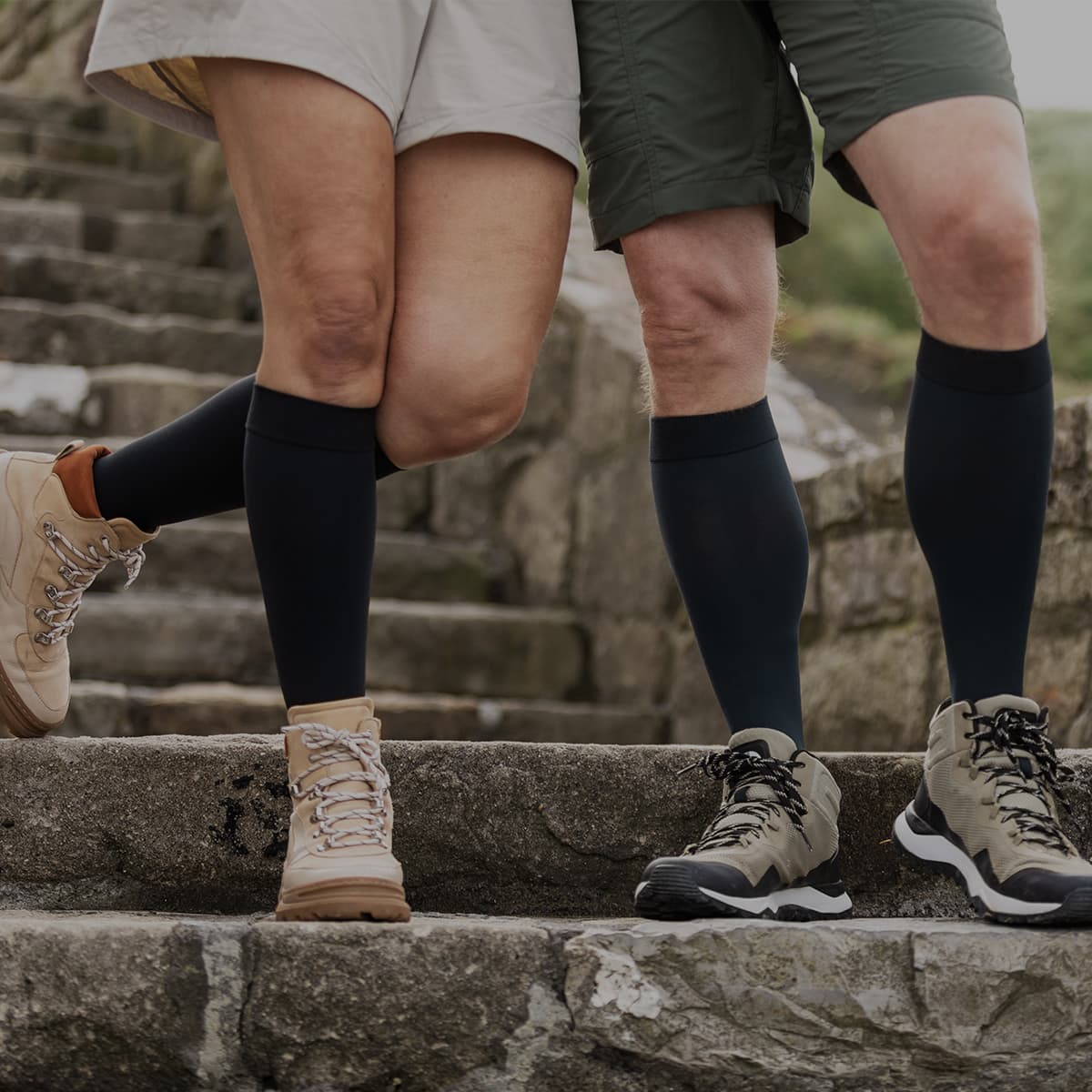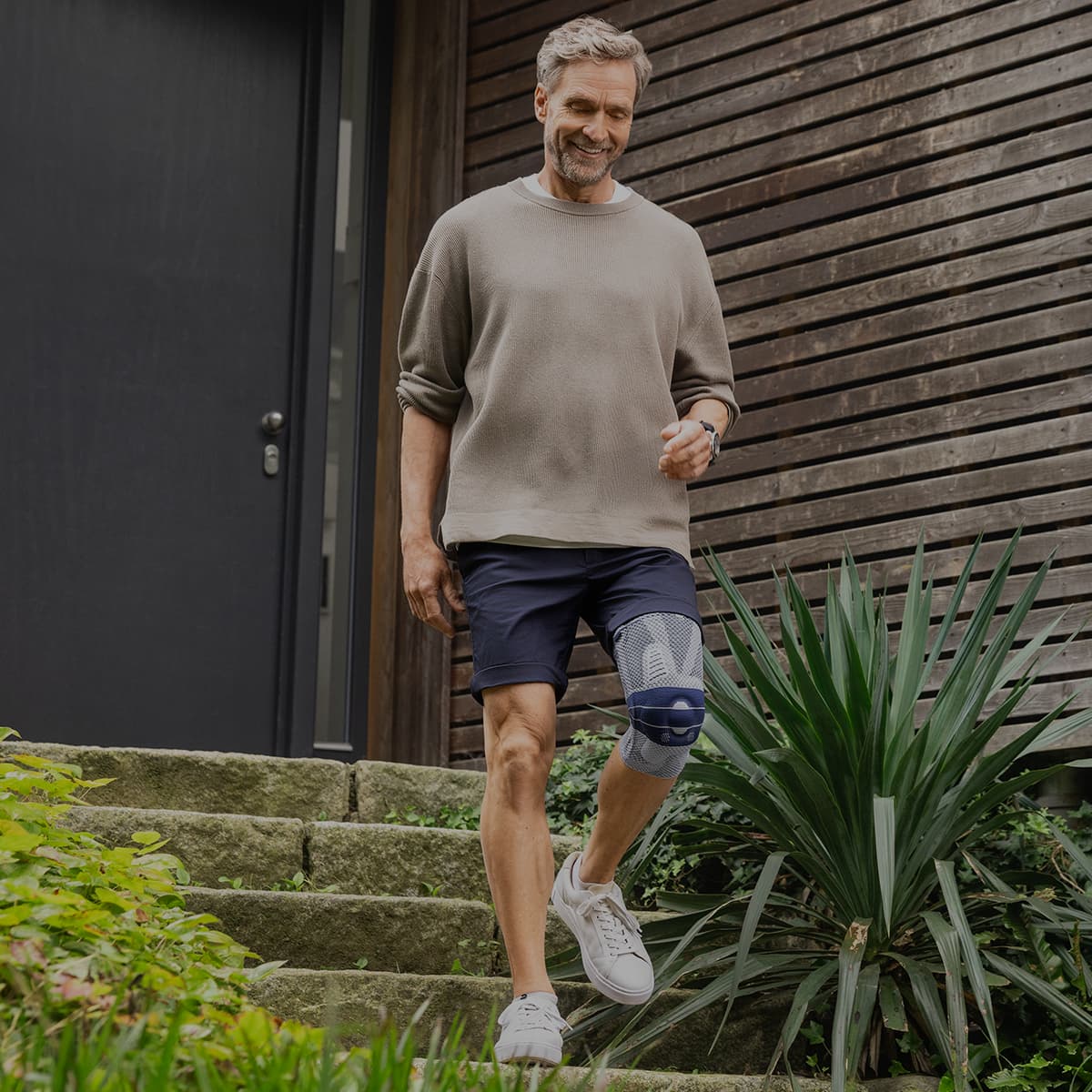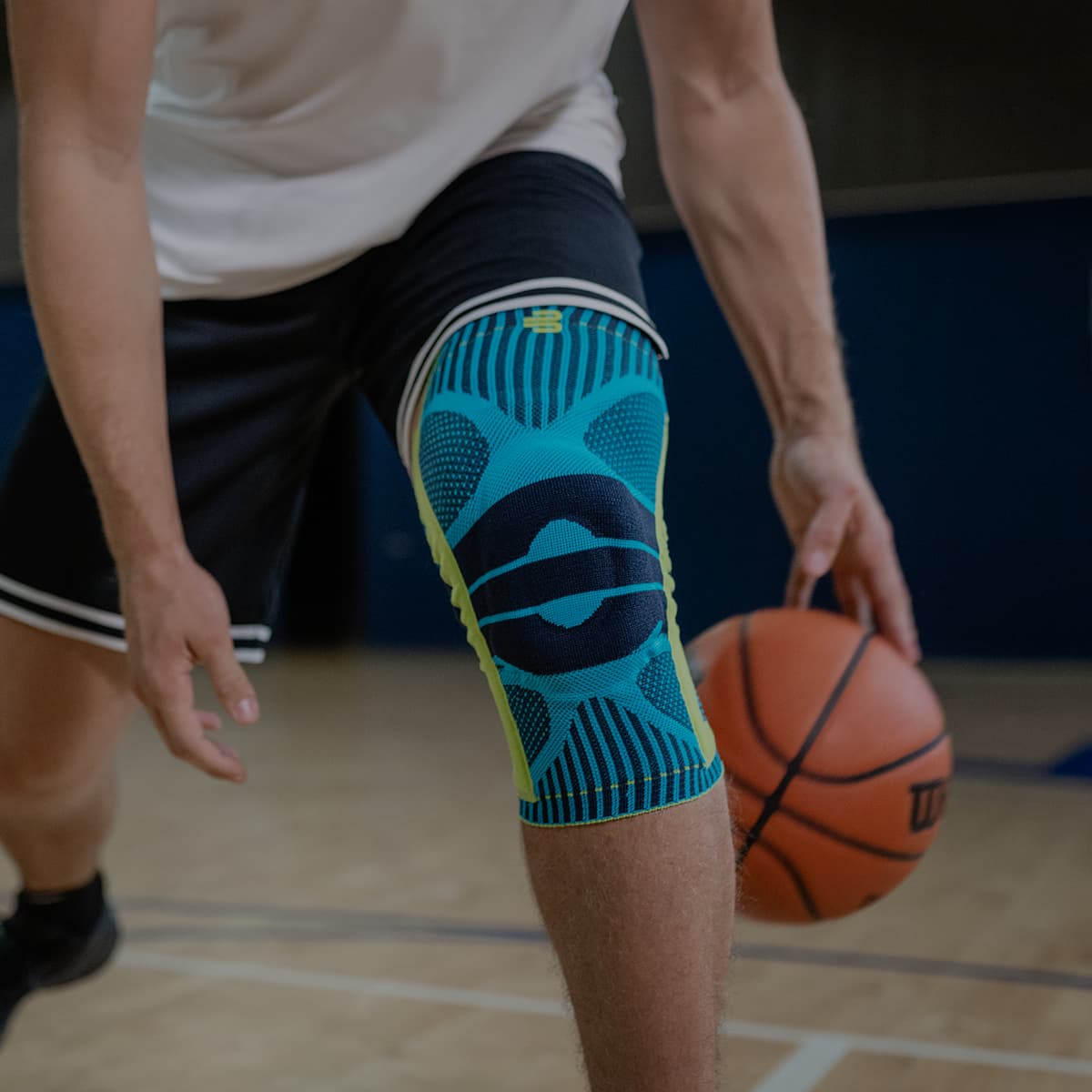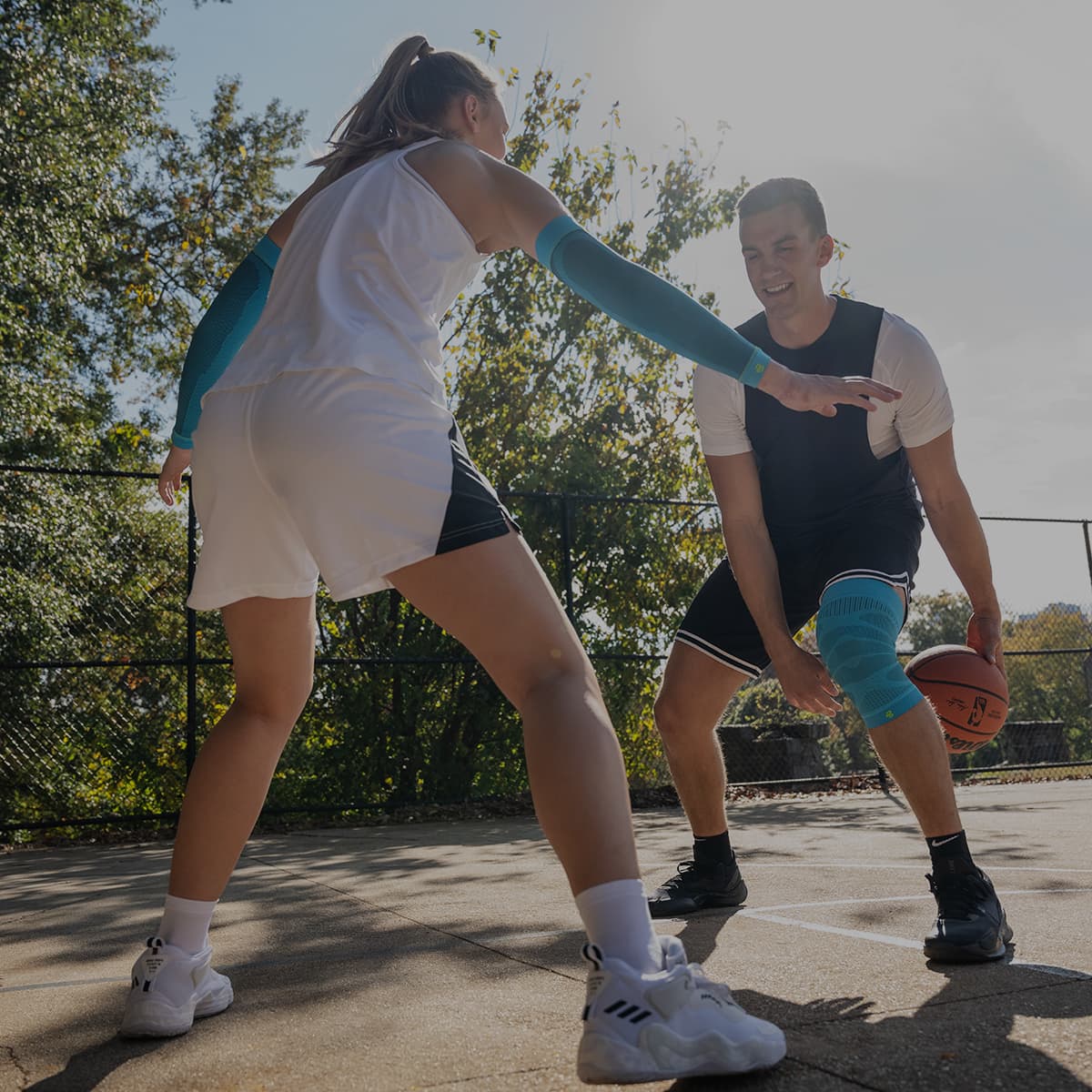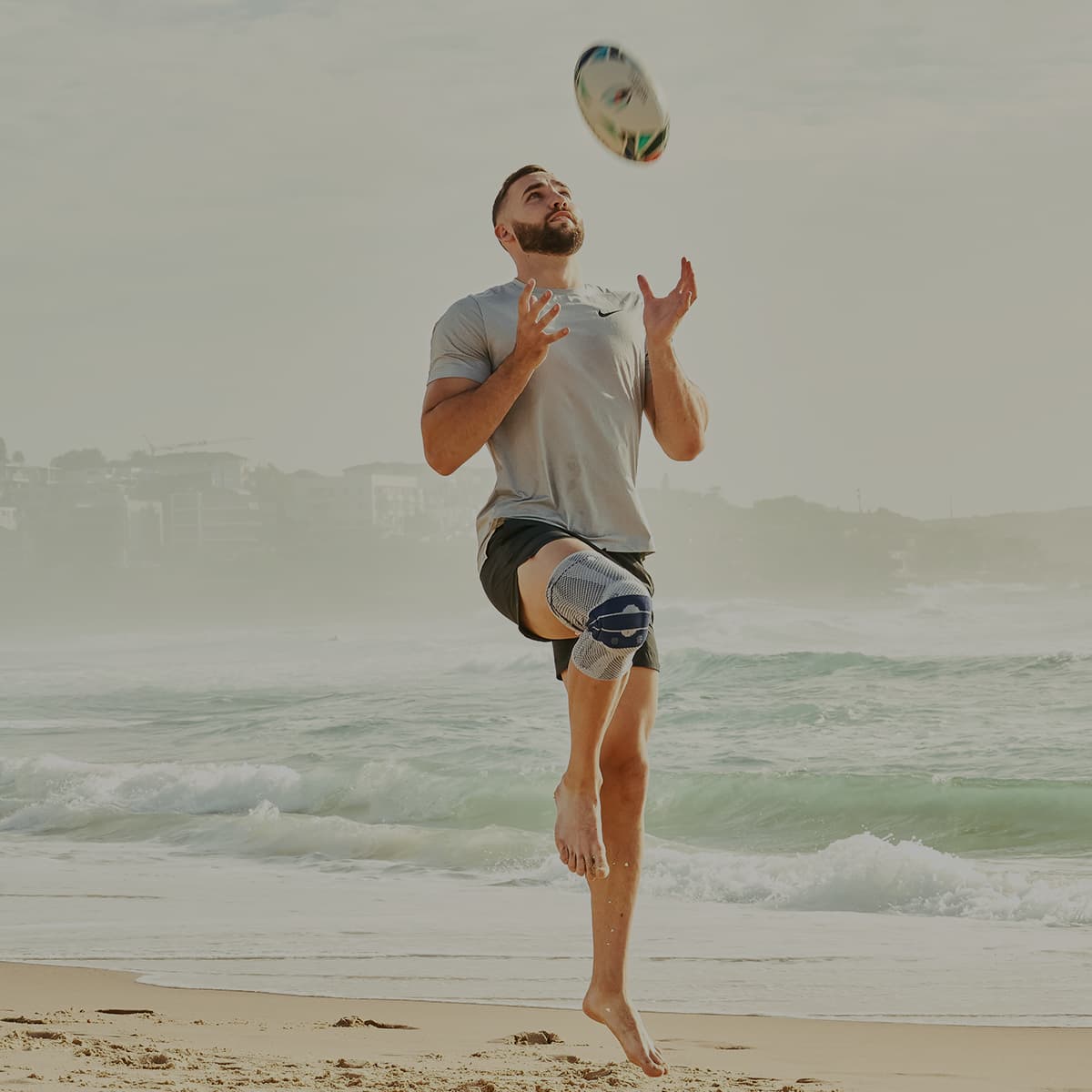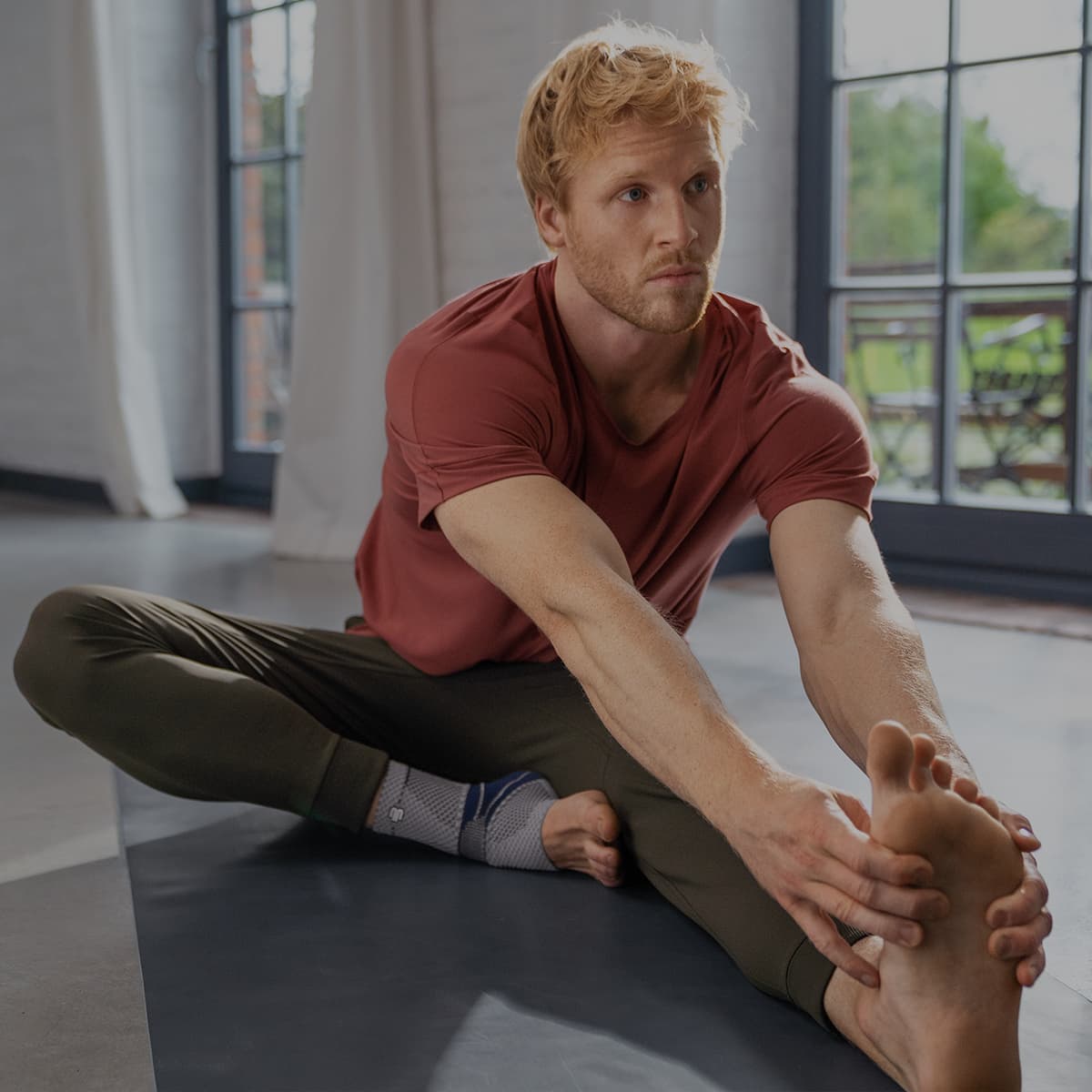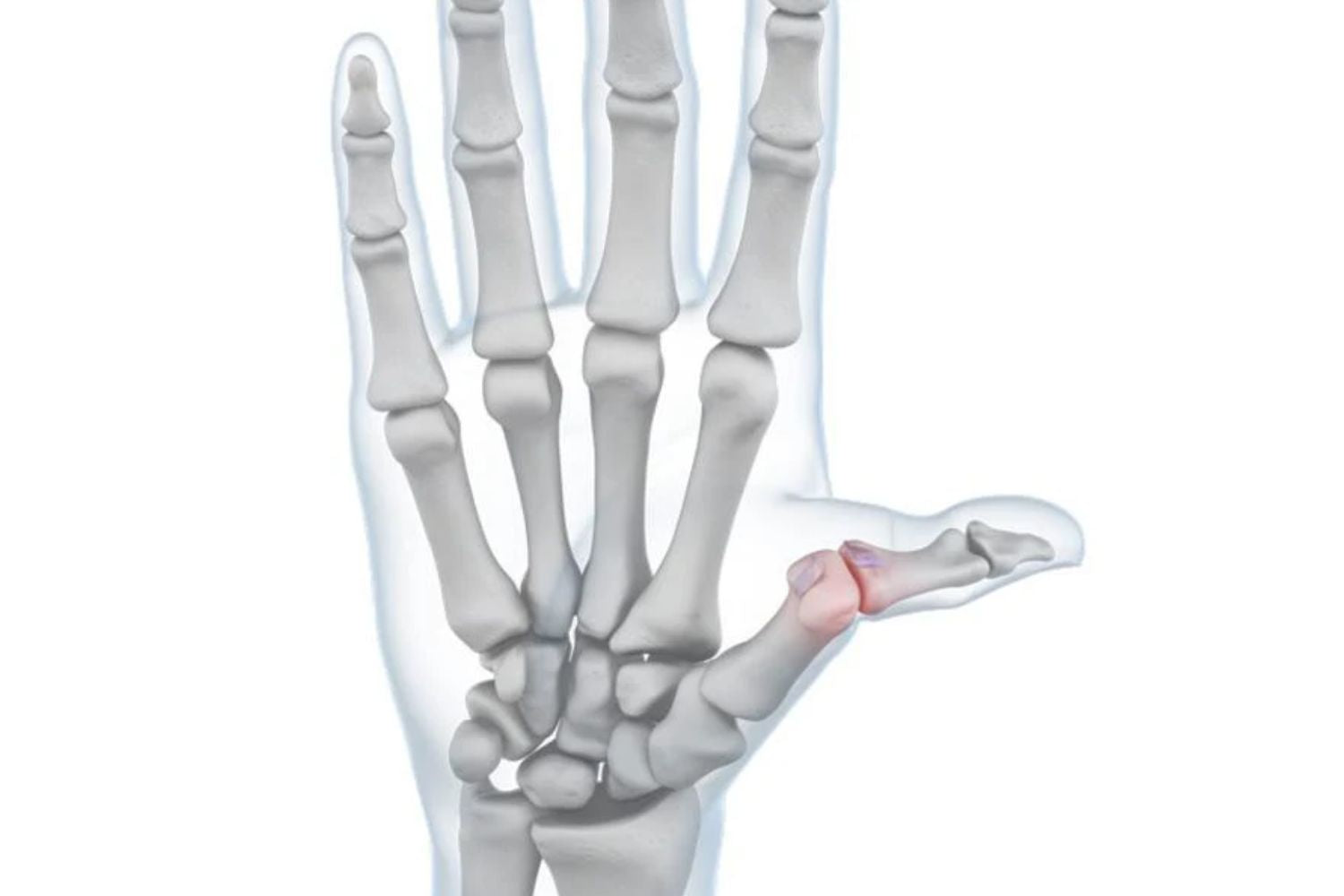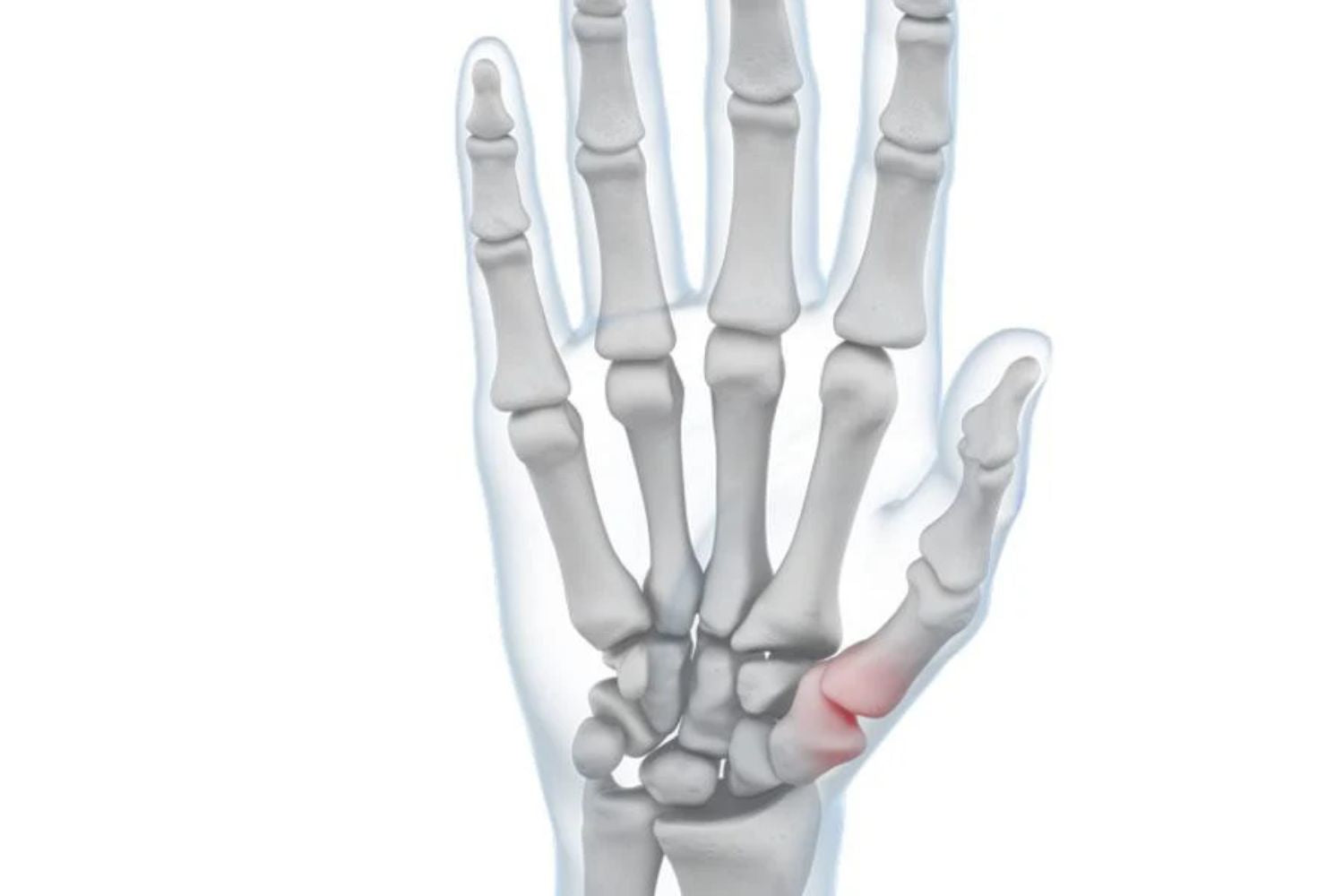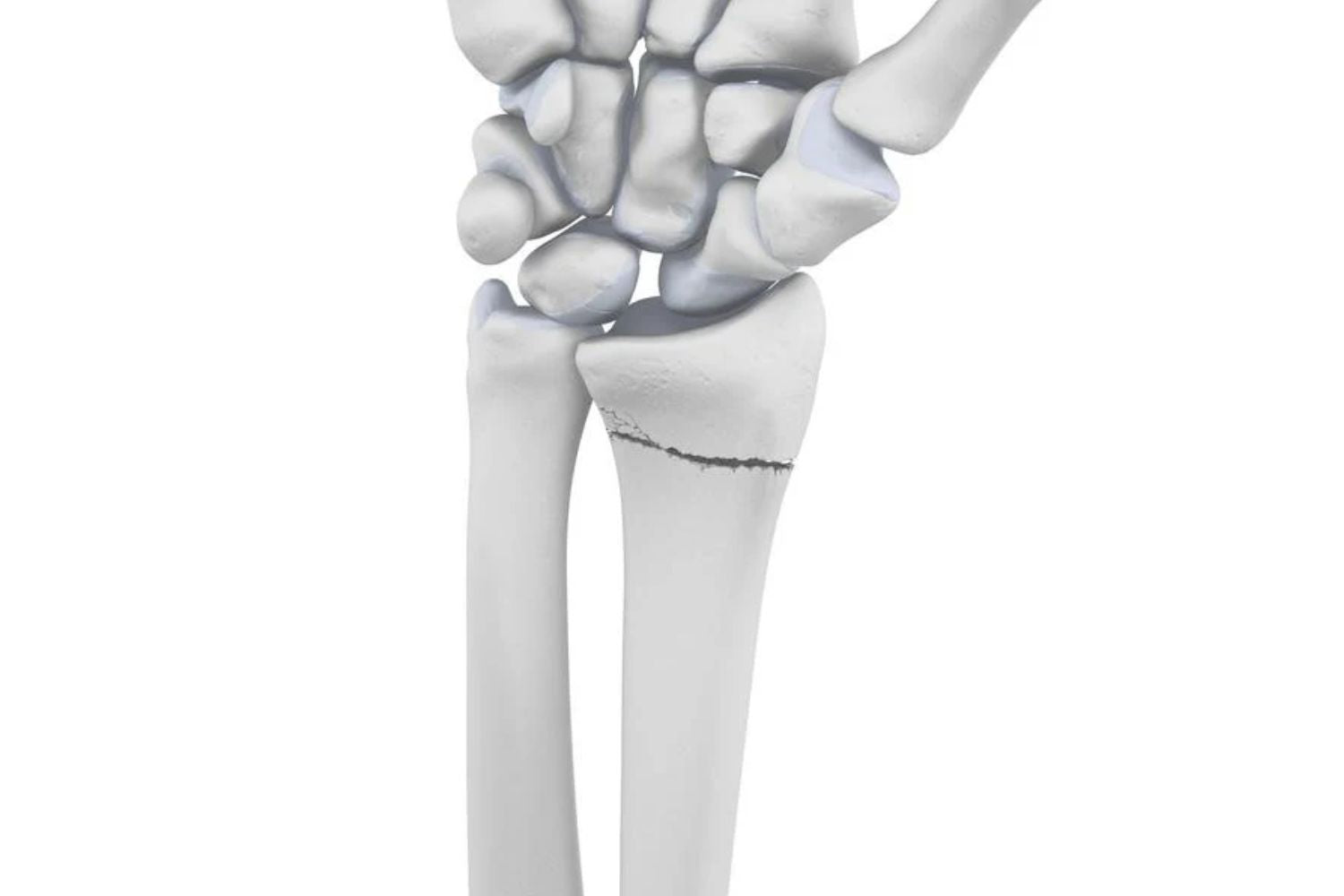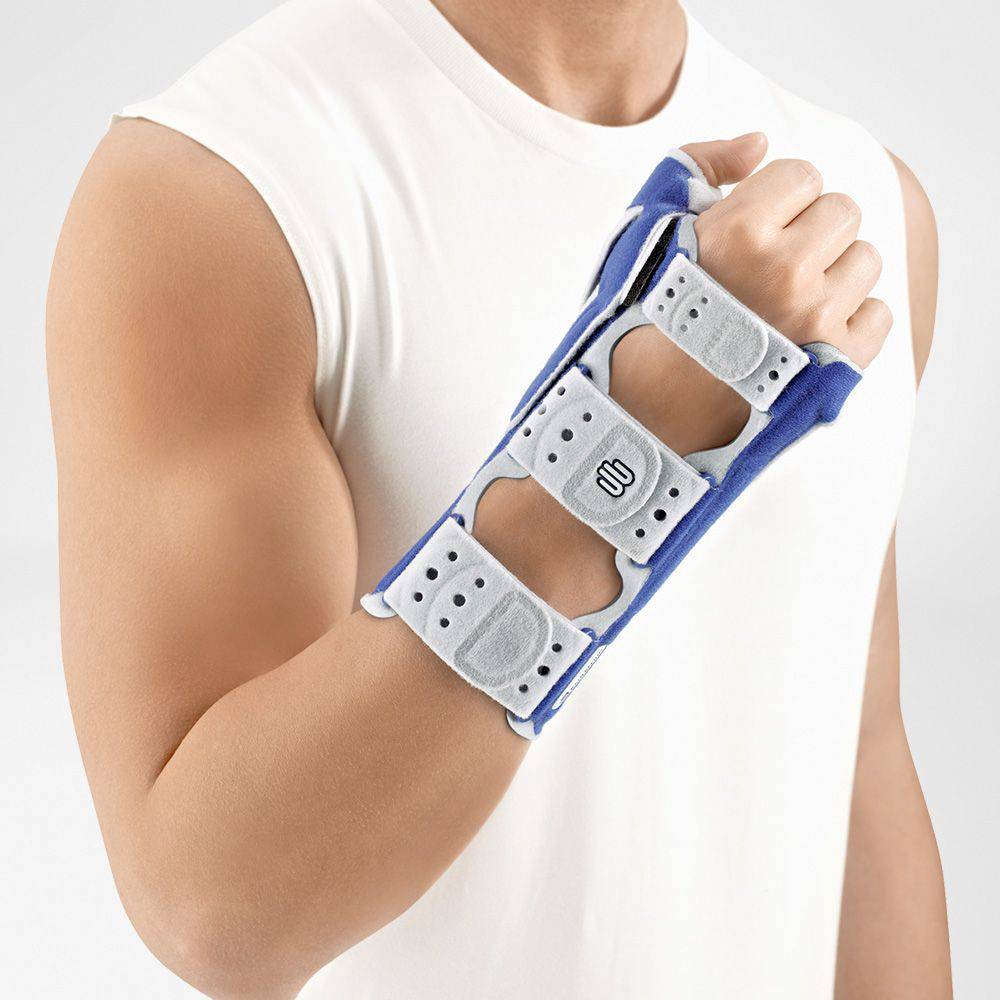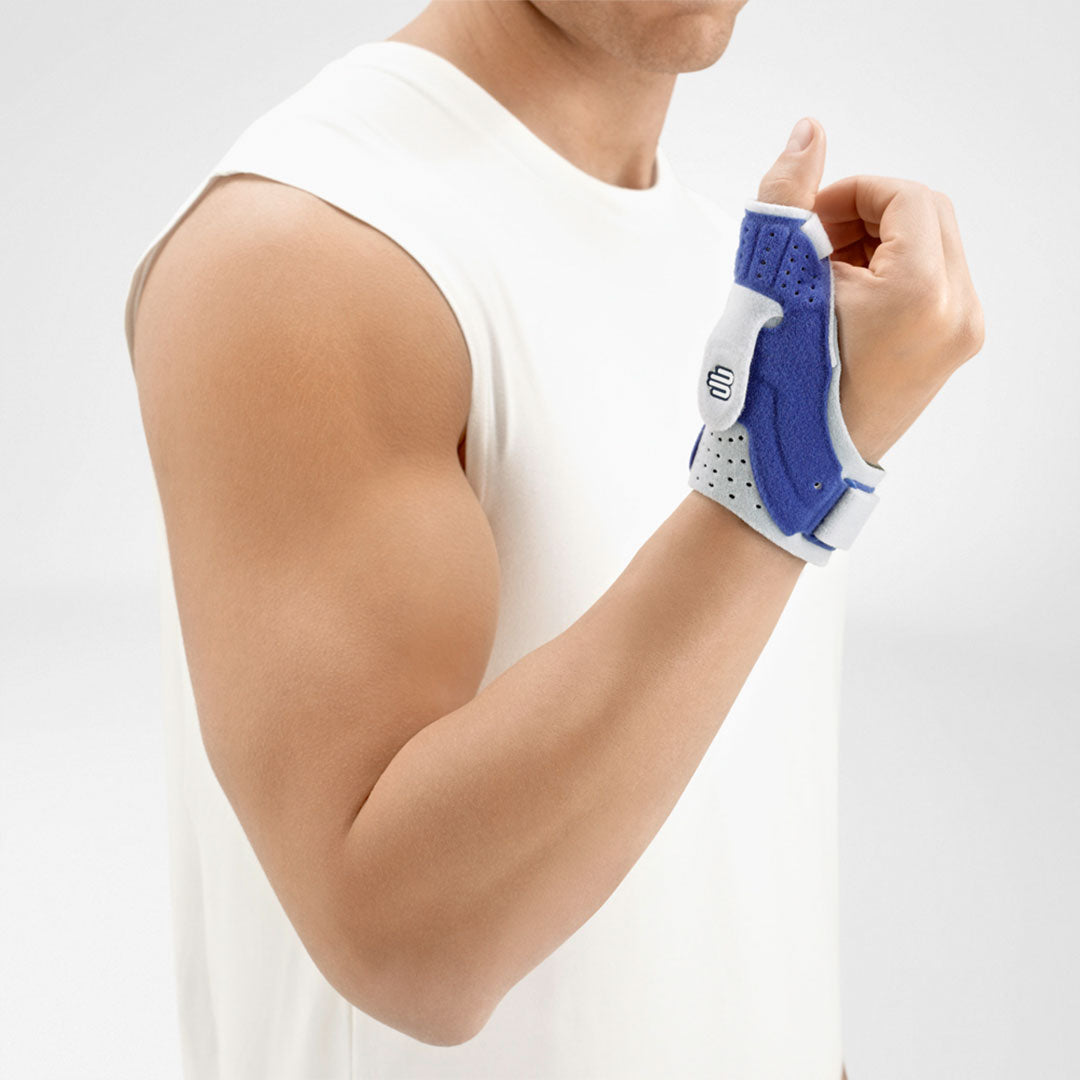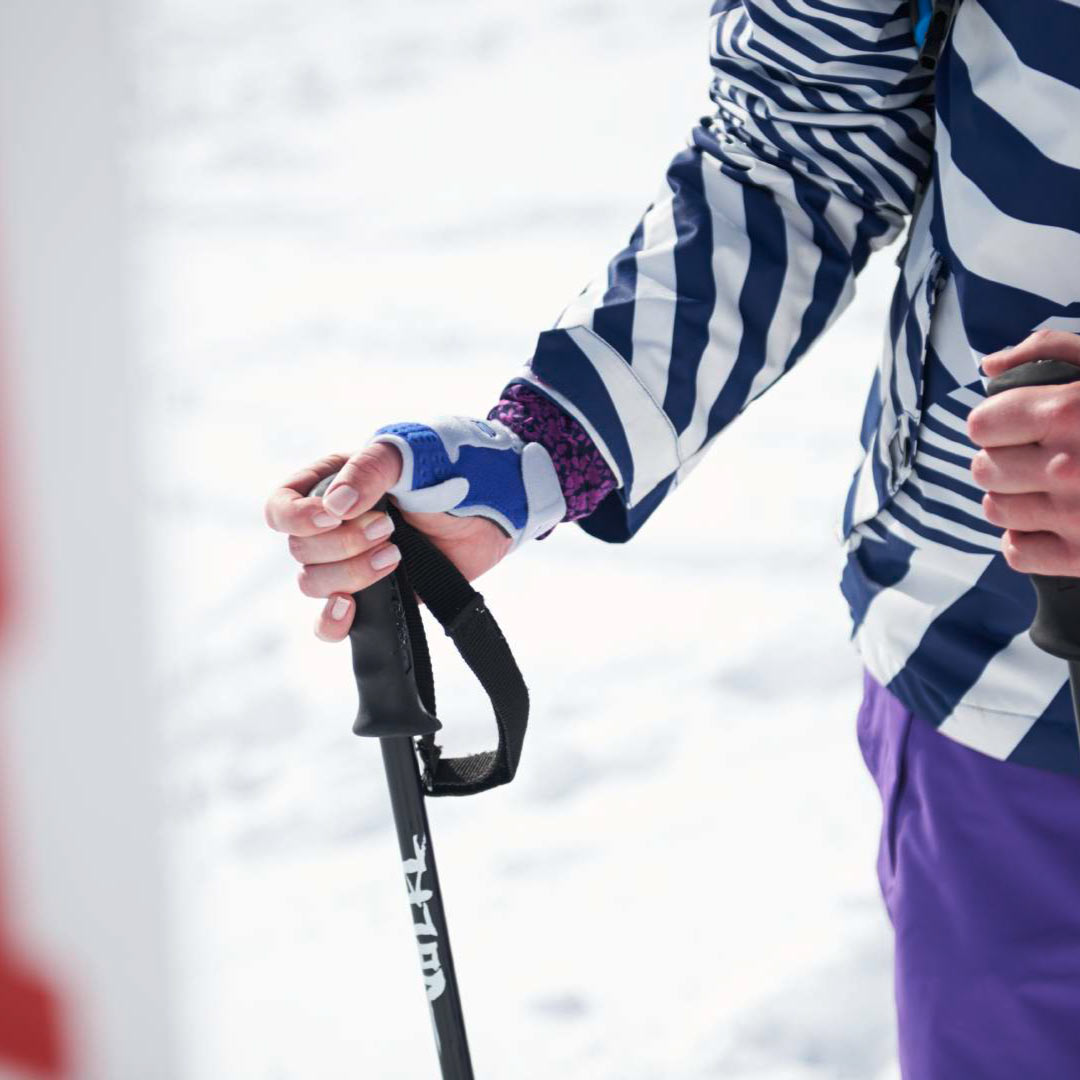Our thumbs are true marvels of nature. Humans have opposable thumbs that allow for complex movements like gripping and holding items. Damage to the ligaments, which hold the thumb in place, can lead to instability and pain in the thumb.
This condition is often referred to as a skier's thumb because of how common the injury is in sports (especially skiing). Patients suffering from this condition often experience mild to severe pain depending on the progression of the condition.
In advanced cases, the ligaments are ruptured; the entire thumb joint is compromised and lacks stability. A patient’s hand might be severely inflamed, and mobility is almost certainly restricted.
Causes of Skier's Thumb
A skier's thumb usually occurs when the tension-resistant and strong ligaments at the base of the thumb are overstretched beyond their natural limit.
These ligaments are responsible for securing the thumb joint and ensuring contact between the joint surfaces. Injury or damage to these ligaments compromises the thumb joint and can lead to instability. Most commonly known causes of a skier's thumb include:
Overstretching the thumb after being caught in the loop of the ski pole.
High-intensity contact sports like handball or basketball can lead to injury of the thumb.
Accidental trauma or injury from other physical contact. For example, a bike or car accident.
Skier's Thumb Symptoms
Some of the most commonly associated symptoms of Skier's thumb include:
- Overstretching or tearing of the ligaments in the thumb joint.
- Severe shooting pain in the affected area.
- Associated bruising and swelling in the thumb.
- Radiating pain under any stress and a general inability to bend the thumb. Patients find it very difficult to grip items, and their quality of life is severely affected.
- A loss of stability in the thumb joint results in unnatural stretching beyond the natural range of motion, which can lead to the condition becoming progressively worse.
Diagnosis of Skier's Thumb
A complete medical history and physical examination are essential for an effective diagnosis. After some questioning and assessment, the doctor confirms the diagnosis using sophisticated imaging technology, such as X-rays and Ultrasound.
Bone ligament tears or accompanying fractures (fractures) can be seen on the X-ray. However, soft tissues such as the ligaments are not shown. In contrast, magnetic resonance imaging or high-resolution ultrasound images show whether and to what extent the ligaments and joint capsule have been affected.
Treatment For Skier's Thumb
Treatment for skier's thumb is focused on restoring the ligament and providing ample support and time for the thumb joint to heal. Following an injury, it is very beneficial to take the following steps:
Immobilisation
Lifting pressure off the injured thumb is the best first measure in case of trauma. It prevents excess stress on the injury. Ample rest and immobilisation of the ankle using a plaster or a medical brace is highly recommended and can facilitate a swift recovery.
Cooling
Applying a cool surface, such as an ice pack, is highly effective in managing the edema caused by the injury. It soothes the joint and can provide relief to the patient.
Prescription Painkillers
Patients with Ski thumb experience pain and discomfort due to the condition. Prescribed painkillers like Ibuprofen can help manage the pain and provide some relief; however, this is often temporary and merely masks the pain.
Prescribed Physiotherapy
Rehabilitation is very important to ensure complete healing in cases of thumb joint instability due to a ski thumb. Prescribed physiotherapy, with the use of targeted exercise, can help strengthen the ligaments in the thumb that have lost stability. In cases of muscle degeneration due to long periods of fixation, like in a plaster, physiotherapy also helps a patient regain mobility.
Surgical Intervention
Surgical intervention is necessary only in cases of complete rupture of the thumb joint ligament, wherein a surgeon reconnects the ends of the ruptured ligaments together. In some cases, patients might develop bony ligament tears, which may require surgery to fix.
After the operation, the thumb is immobilised for a period of time. After about five to six weeks, the plaster is removed and replaced with an orthosis, which facilitates physiotherapy or occupational therapy aftercare. Eight to ten weeks after the operation, the inner ligament is usually fully resilient again.
Wrist Braces and Supports for Skier's Thumb
ManuLoc Rhizo Wrist Brace
Regular use of a thumb brace like the RhizoLoc from Bauerfeind can reduce the stress on the thumb joint during daily activities.
The breathable fabric makes it perfect for use throughout the day and sports, reducing the risk of injury due to overloading or straining.
The RhizoLoc utilises an adjustable anatomic splint, making it ideal for all treatment paths. This prevents any errant movement and provides much-needed stability to the thumb.
The brace has been designed to fit perfectly and encourage healthy proprioception. It is ideal for treating thumb joint pain at any stage and extremely comfortable for all-day use.
For more serious cases, the ManuLoc Rhizo can prove instrumental in more chronic post-operative care. The individually adjustable aluminium bracket offers a custom fit to patients and provides much-needed stability to the compromised thumb joint.
The specially shaped Velcro strap enables optimal adjustment and reliable immobilisation of the thumb base joint. The ManuLoc Rhizo thumb orthosis can be an excellent replacement for the traditional plaster and can accelerate healing of a Ski Thumb.
Unlike plaster, the ManuLoc Rhizo's breathable material makes it perfect for everyday use. The brace provides much-needed support and guidance to the thumb and helps alleviate symptoms of pain and swelling.
The brace is designed to relieve stress on the joint and prevent further damage by encouraging healthy proprioception. Daily use of the brace has been proven highly effective for quick and complete healing.

